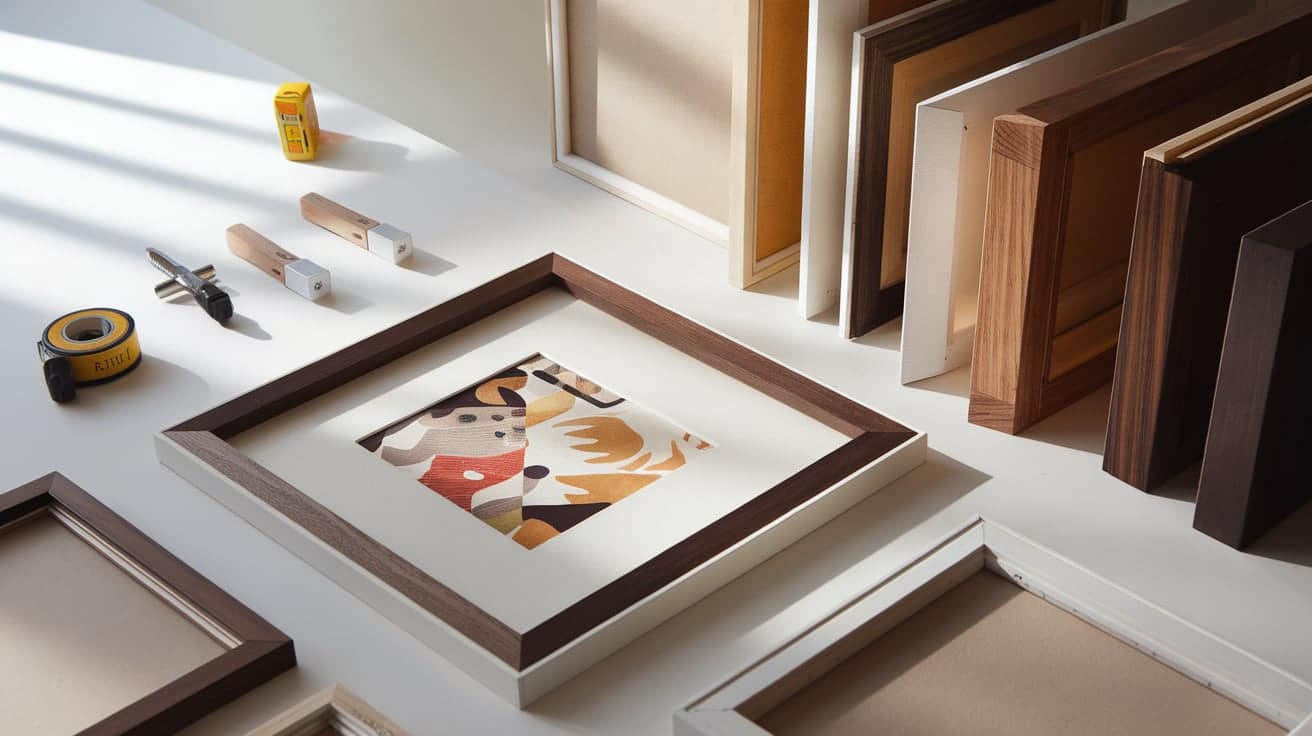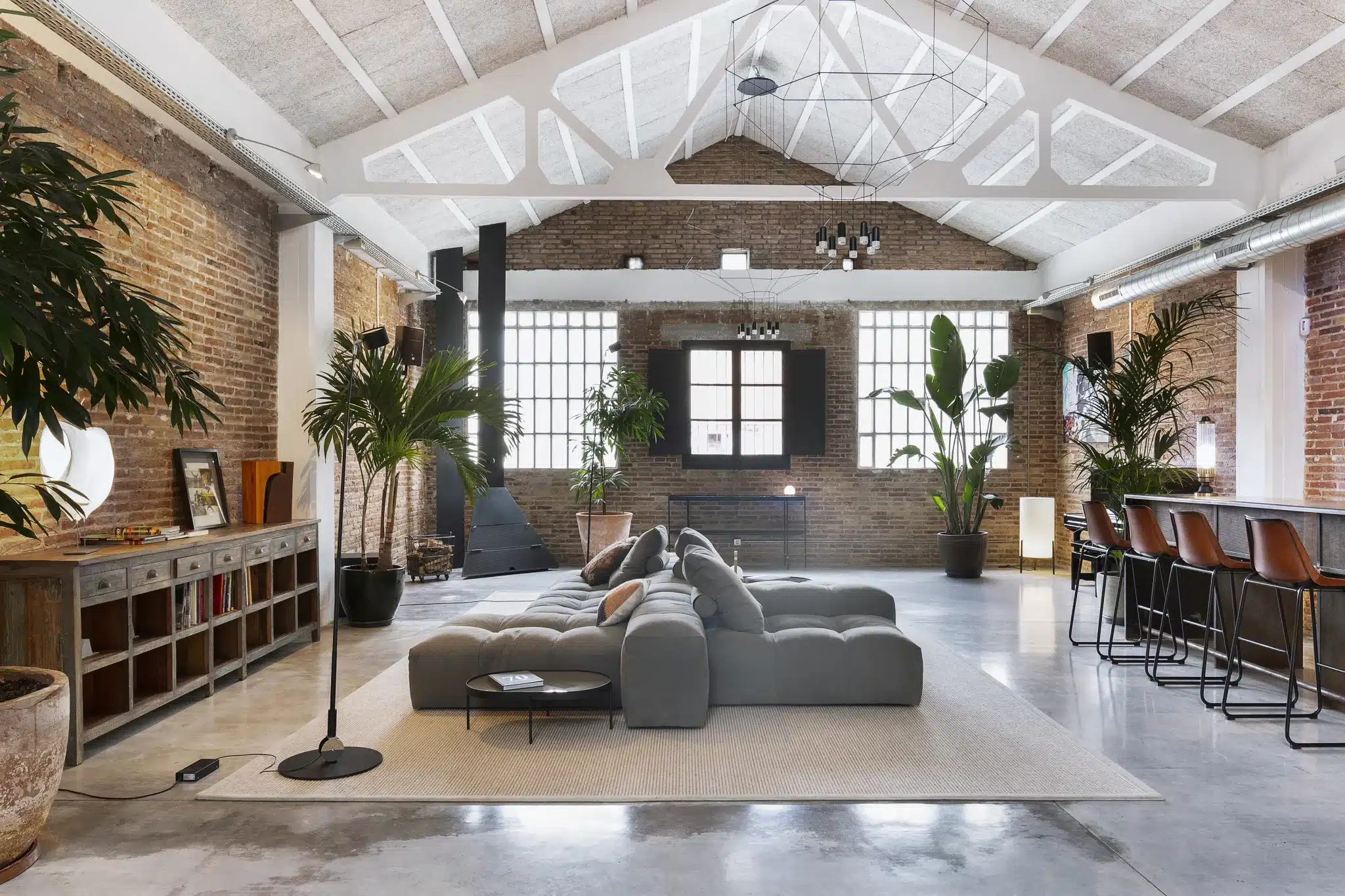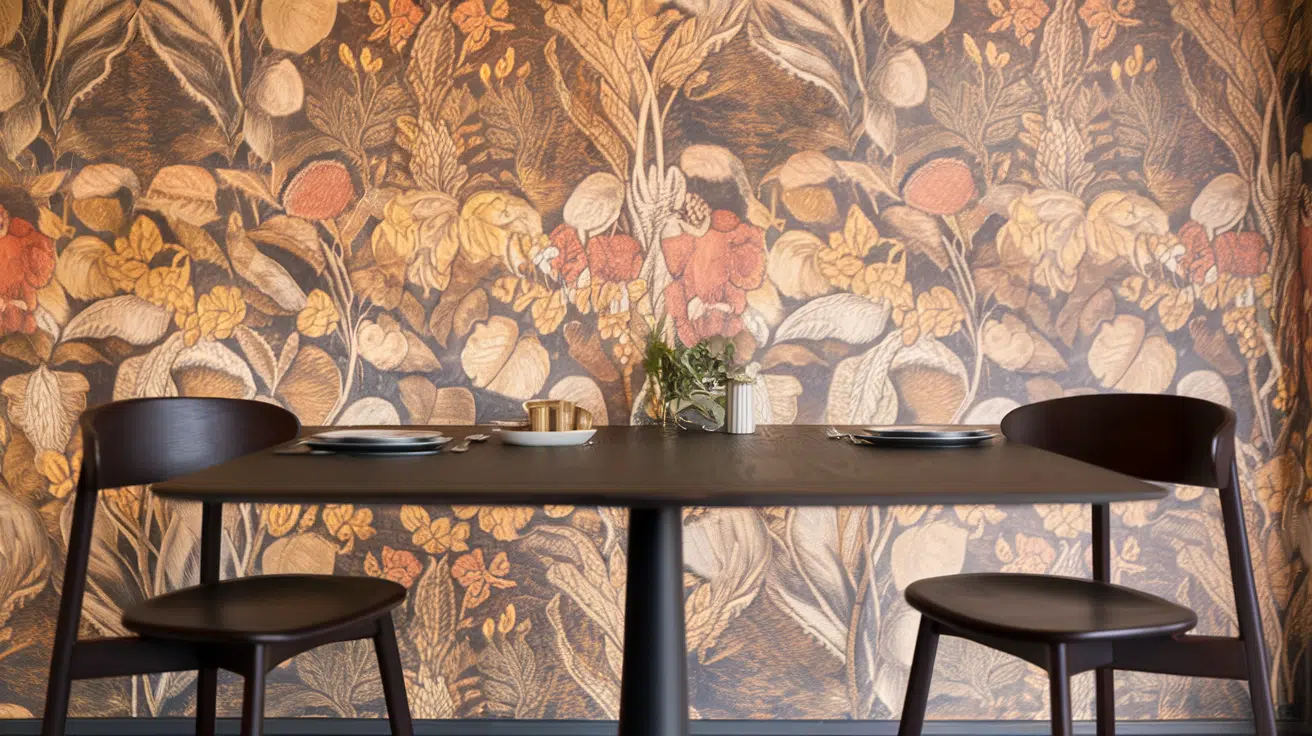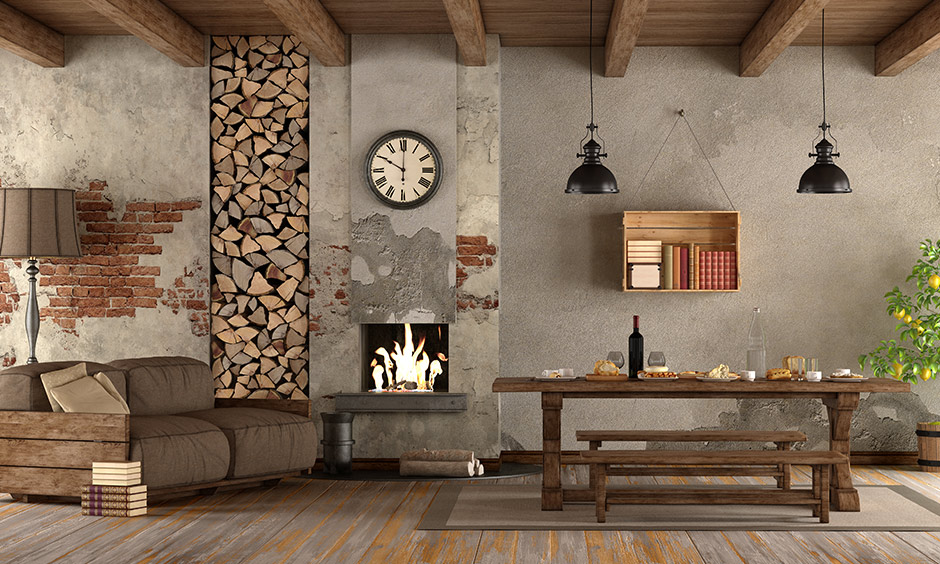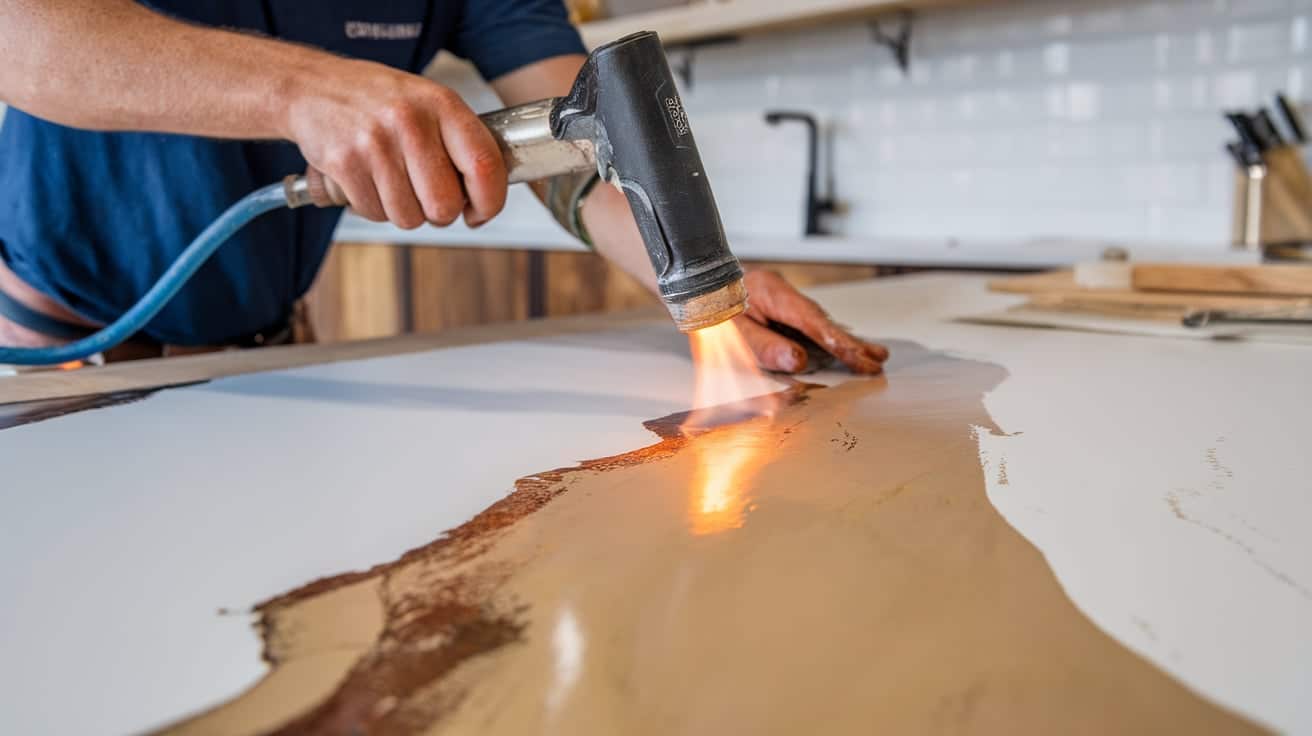Canvas Wood Frames: A Comprehensive Guide
A canvas without a frame is like an unfinished story. Wood frames do more than protect your art – they complete its look and help it stand out in any room.
The world of canvas framing offers many paths. You can buy ready-made frames, work with professional framers, or create your own. Each option brings different benefits and suits different needs.
This guide covers everything you need to know about canvas wood frames. You’ll learn about frame types and materials and how to choose the right one for your art.
We’ll also cover practical tips for buying frames, working with professionals, and keeping your framed art looking its best.
Let’s explore how to give your canvas the perfect frame it deserves.
Understanding Canvas Wood Frames
Types of Canvas Frames
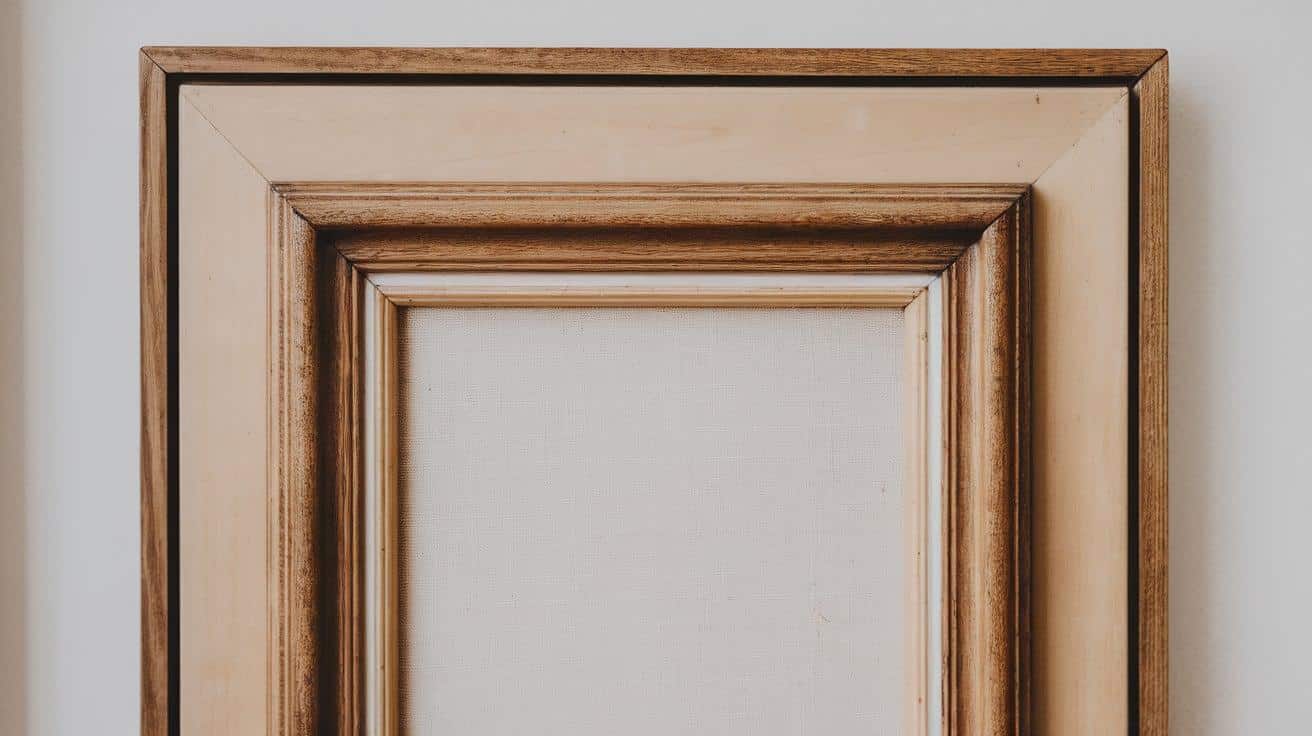
Wood frames come in many styles to suit different artworks. Each type adds its special touch to your displayed pieces.
Traditional wood frames offer a timeless look with a simple border around your canvas. These frames sit flat against the canvas edges and work well in any setting.
Floating frames create a small gap between the artwork and the frame edge. This style makes your canvas float, adding a modern touch to your display.
Stretcher bars are your canvas’s hidden support system. They keep the fabric tight and prevent sagging over time.
Rustic frames use raw wood with visible grains and textures. These frames often have natural marks that add warmth to your artwork.
Materials and Finishes
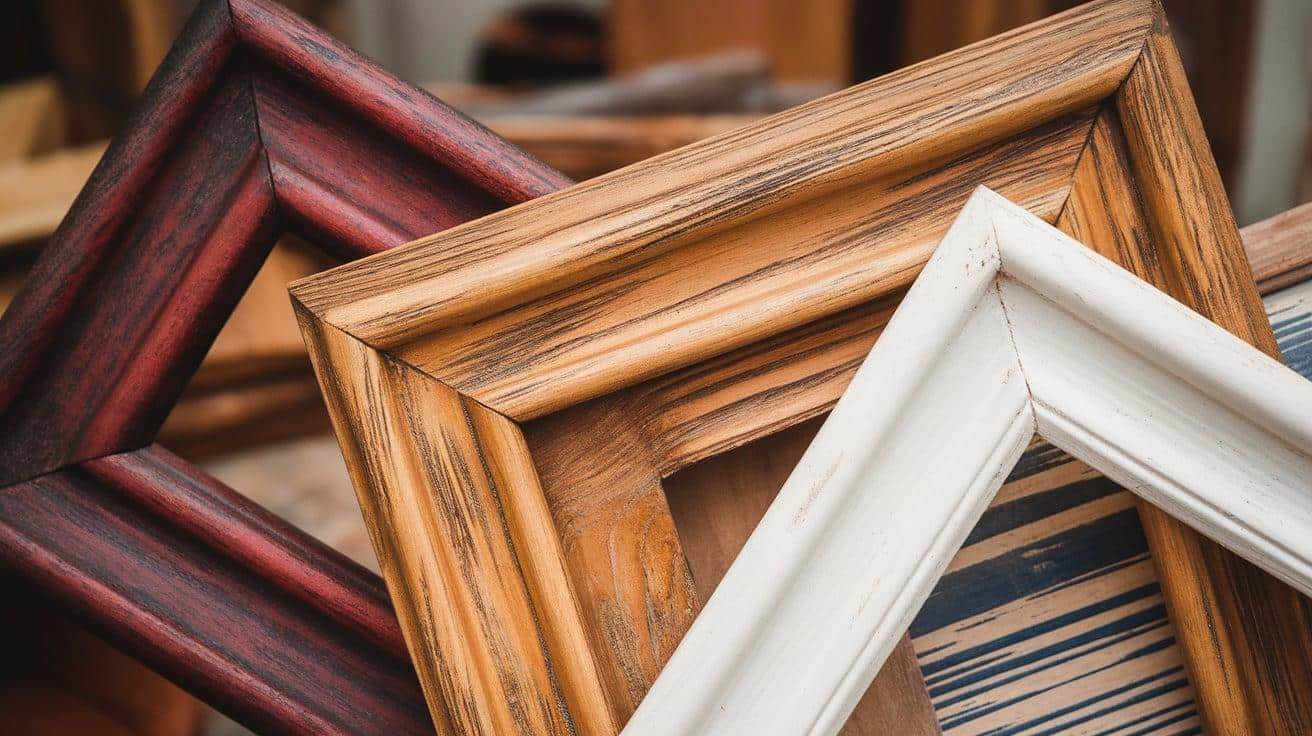
Pine stands out as a budget-friendly choice that accepts stains well. Oak offers durability with its strong grain patterns, which many people love.
Natural finishes showcase the wood’s beauty. Stained options add color while keeping wood patterns visible. Paint gives you solid colors for a clean look.
Some makers now use reclaimed wood or forest-friendly timber. These choices help the environment and give each frame unique features.
Components of a Frame
The rabbet holds your canvas in place. The lip keeps the canvas secure, while the face shows on the front of the frame.
The frame depth must match the canvas type. Thin canvases need frames about 3/4 inches deep, and thinner gallery wraps need 1.5 inches or more.
Choosing the Right Frame

1. Assessing Your Artwork
Your artwork sets the tone for frame selection. The colors and style of your piece help narrow down your frame choices.
Small pieces often work well with thinner frames. Large artworks may need wider frames for proper balance, and portrait pieces might need different frame depths than landscape works.
Light-colored art can pop against dark wood frames. Bold pieces often shine with simple, neutral frames that don’t compete for attention.
2. Matching Frames to Decor
Your room’s style guides frame choices. Modern spaces pair well with clean-lined frames in solid colors, while traditional rooms often suit ornate wooden frames with rich stains.
Frame finishes should match other wood tones in your space. The size of your room also matters—large rooms can handle bigger frames, while small spaces need frames that don’t overwhelm the area.
3. Practical Considerations
Good frames protect your art from dust and damage. They should be strong enough to support your canvas without sagging.
Consider your budget when choosing frames. Basic pine frames cost less than hardwood options. Also, consider the frame’s weight—heavy frames need strong wall supports.
A DIY Step-By-Step Guide to Building a Canvas Wood Frame

STEP 1: Gather Your Materials
To make a simple wood frame for a canvas, you’ll need 2 to 4 craft boards, a canvas, and tools like a miter box or miter saw.
Optional tools include a brad nailer, clamps, and glue. Ensure your materials match the size of your canvas and fit the frame style you want.
STEP 2: Measure and Mark the Wood
Measure the canvas dimensions and mark the craft boards accordingly for precise cuts. This step ensures your frame fits snugly around the canvas. Use a pencil or marker for clear markings before cutting.
STEP 3: Cut the Wood
Use a miter box, or miter saw to cut the boards at the marked points. An inexpensive miter box easily cuts small pieces. Take care to make clean and accurate cuts for a professional look.
STEP 4: Prepare the Wood
Stain or paint the boards, or leave them natural if preferred. This is your chance to customize the frame’s finish to suit your décor. Allow the paint or stain to dry completely before assembly.
STEP 5: Assemble the Frame
Apply glue, such as DAP Rapid Fuse, to the edges of the boards and attach them to the canvas.
Use clamps to hold the wood in place while it dries, or secure it with a brad nailer for added support. Repeat this for all sides of the frame.
STEP 6: Add Finishing Touches
Depending on your preference, leave the frame slightly overhanging or flush with the front of the canvas. Attach hanging hardware to the back if you plan to hang the canvas, or leave it plain to lean against a surface.
DOWNLOAD THE ENTIRE DIY CANVAS WOOD FRAME GUIDE FROM THIS PDF
CLICK HERE
Visual Aid
Check out this detailed video tutorial by Mother Daughter Projects DIY.
Purchasing Canvas Wood Frames
1. Overview of Retailers
Art supply stores stock many frame options. They often let you check the quality in person before buying. Online stores offer wider choices at various price points.
Local frame shops provide expert advice on your purchase. They can show you samples and explain how different frames work with your art. Some retailers also offer custom sizing services.
2. Custom vs. Standard Frames
Standard frames work well for common canvas sizes. They cost less and ship faster than custom options; most art stores keep these sizes in stock.
Custom frames fit unique canvas dimensions perfectly. They take more time to make and cost more. The extra cost brings perfect fits and special design choices.
3. Evaluating Quality
Look for frames with tight corner joints. Check that the wood has no splits or rough spots. Good frames feel solid and have even color throughout.
Wood grade affects frame quality and price. Higher grades have fewer knots and better grain patterns. Construction methods matter – well-made frames last longer.
4. Deals and Discounts
Frame prices often drop during holiday sales. Many stores offer bulk discounts if you need several frames, and some shops provide student and artist discounts.
Sign up for store newsletters to learn about sales. Compare prices across different sellers. Watch for clearance deals on discontinued styles.
Professional Framing Services
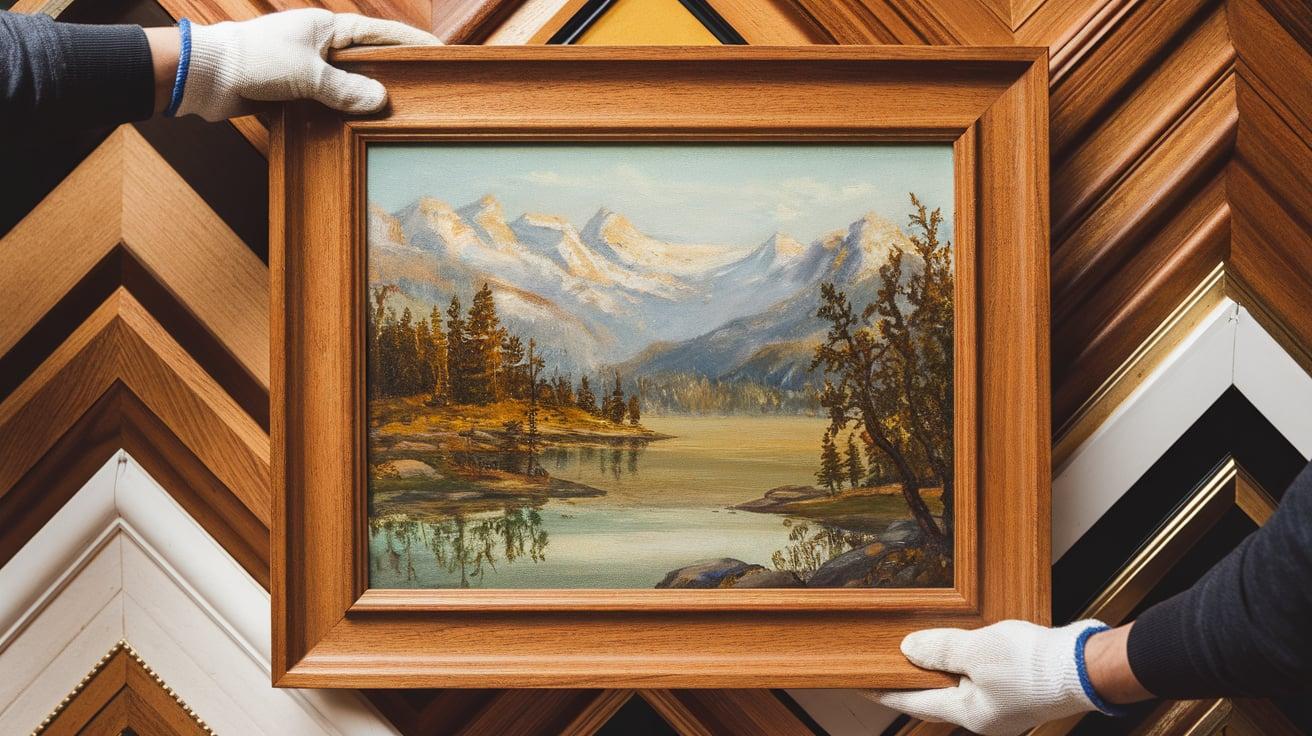
1. Benefits of Professional Framing
Professional framers bring years of skill to your project. They understand how different frames work with various art styles, and their tools and methods ensure quality results.
These experts can spot potential problems before they occur. They know how to handle delicate art safely, and their work often includes guarantees for your peace of mind.
2. Finding a Framing Service
Look for framers with good customer reviews. Ask to see examples of their past work. Check if they belong to professional framing associations.
Visit several frame shops to compare services. Please talk about your art and listen to their suggestions. Notice how they store and handle frame materials.
3. Cost Breakdown
Basic framing starts around $100 for small pieces. Larger works or special frames increase the cost. Extra services like UV glass or special mounts add to the price.
Frame material choices affect the final cost. Hardwood frames cost more than pine frames, and hand-carved details or special finishes raise prices further.
4. Turnaround Time and Expectations
Simple framing jobs often take one to two weeks. Custom frames might need three to four weeks. Rush services usually cost extra.
Good framers explain each process step, provide clear timelines, and provide cost estimates. It would be best to get updates as your project moves forward.
Care and Maintenance of Framed Canvases
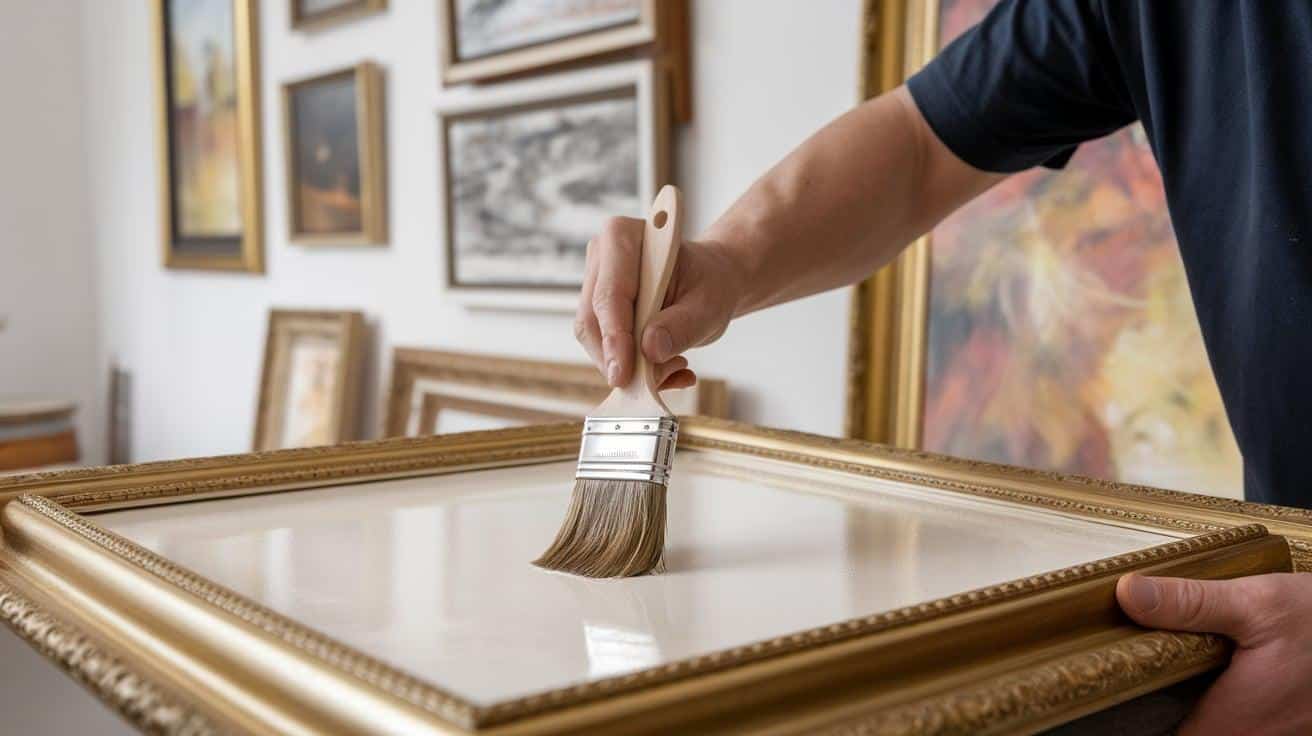
Safe Handling and Display
Handle framed art by holding both sides of the frame. Never lift it by the top edge alone. Place your canvas away from heat sources and air vents.
Check your wall to see if it can support the frame’s weight. Use proper hanging hardware rated for your frame size. Keep artwork out of direct sunlight to prevent fading.
Wall studs offer the best support for heavy frames. When hanging frames, level them carefully. When grouping artwork, leave space between frames.
Cleaning and Upkeep
Dust frames weekly with a soft, dry cloth. Avoid liquid cleaners on wooden frames. Clean in gentle, straight motions rather than circular ones.
Watch for signs of frame damage or loose corners. Fix small issues before they become big problems. Check hanging hardware every few months.
Remove your canvas from areas with high humidity. Keep framed art away from kitchens and bathrooms. Store extra frames in cool, dry places.
Avoid touching the canvas surface while cleaning. Use a soft brush to remove dust from frame corners. Never spray cleaners directly onto frames.
The Bottom Line
Choosing the right wood frame transforms your canvas into a finished piece of art. From simple pine frames to custom hardwood designs, each choice shapes how your art looks in your space.
Remember to match your frame to both your artwork and room style. Whether you choose ready-made frames or work with professional framers, focus on quality materials and proper fit.
Take care of your framed canvas by handling it carefully and cleaning it regularly. These simple steps help your art stay beautiful for years.
We’d love to hear about your framing projects and answer any questions. Share your experiences in the comments below. Check out our framing guides or custom framing service for more tips and personalized advice.
Frequently Asked Questions (FAQs)
What Wood Should I Use For A Canvas Frame?
Use lightweight woods like pine or poplar for a canvas frame. These are easy to cut, affordable, and provide a sturdy structure for framing.
How Much Does Canvas Framing Cost?
Canvas framing costs range from $20 to $100 or more, depending on the size, wood type, and whether you use DIY methods or professional services.
Is It Better To Frame A Canvas Or Leave It Unframed?
Framing enhances protection and presentation, making the artwork look polished. However, unframed canvases offer a modern, minimalist aesthetic for casual or informal displays.

